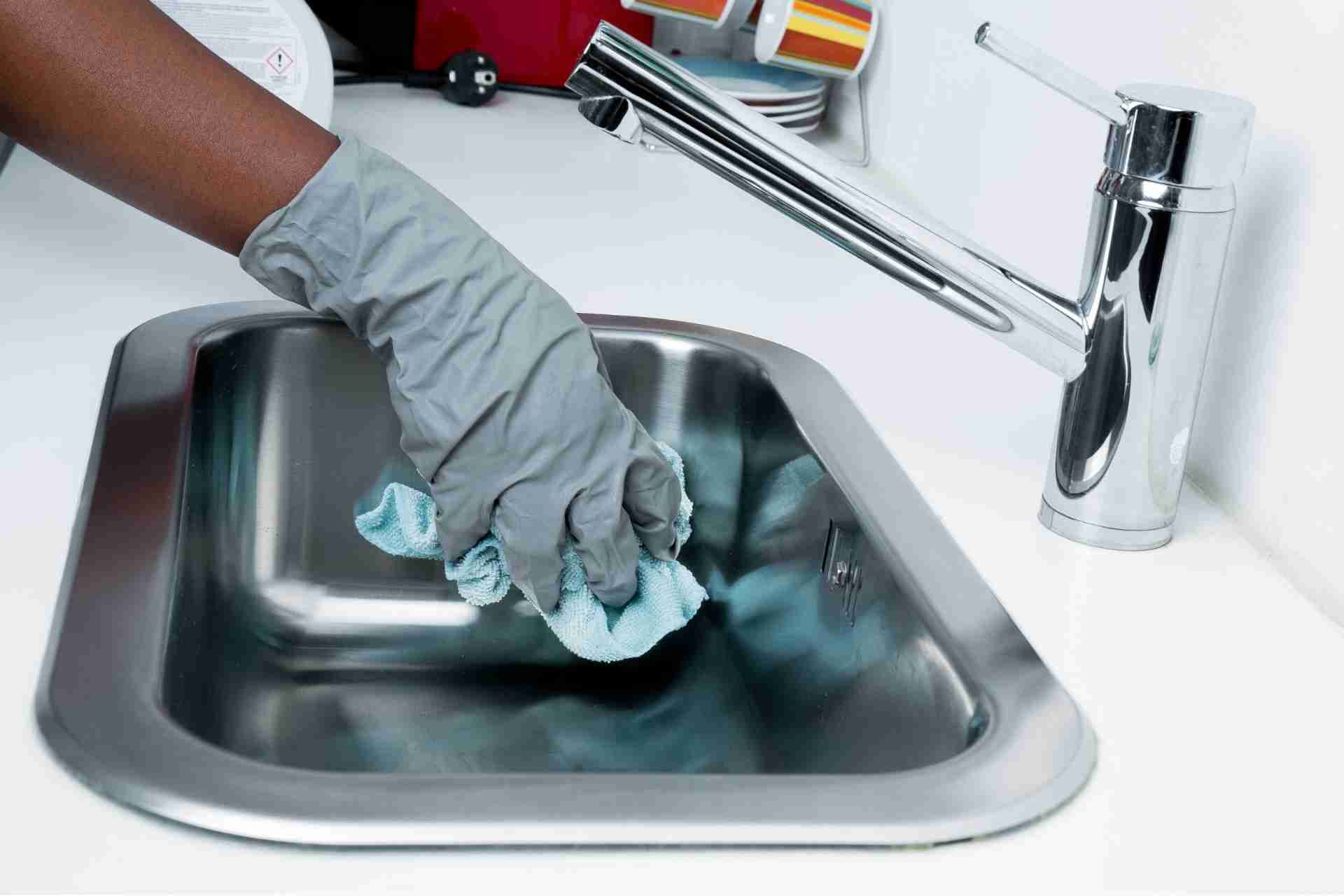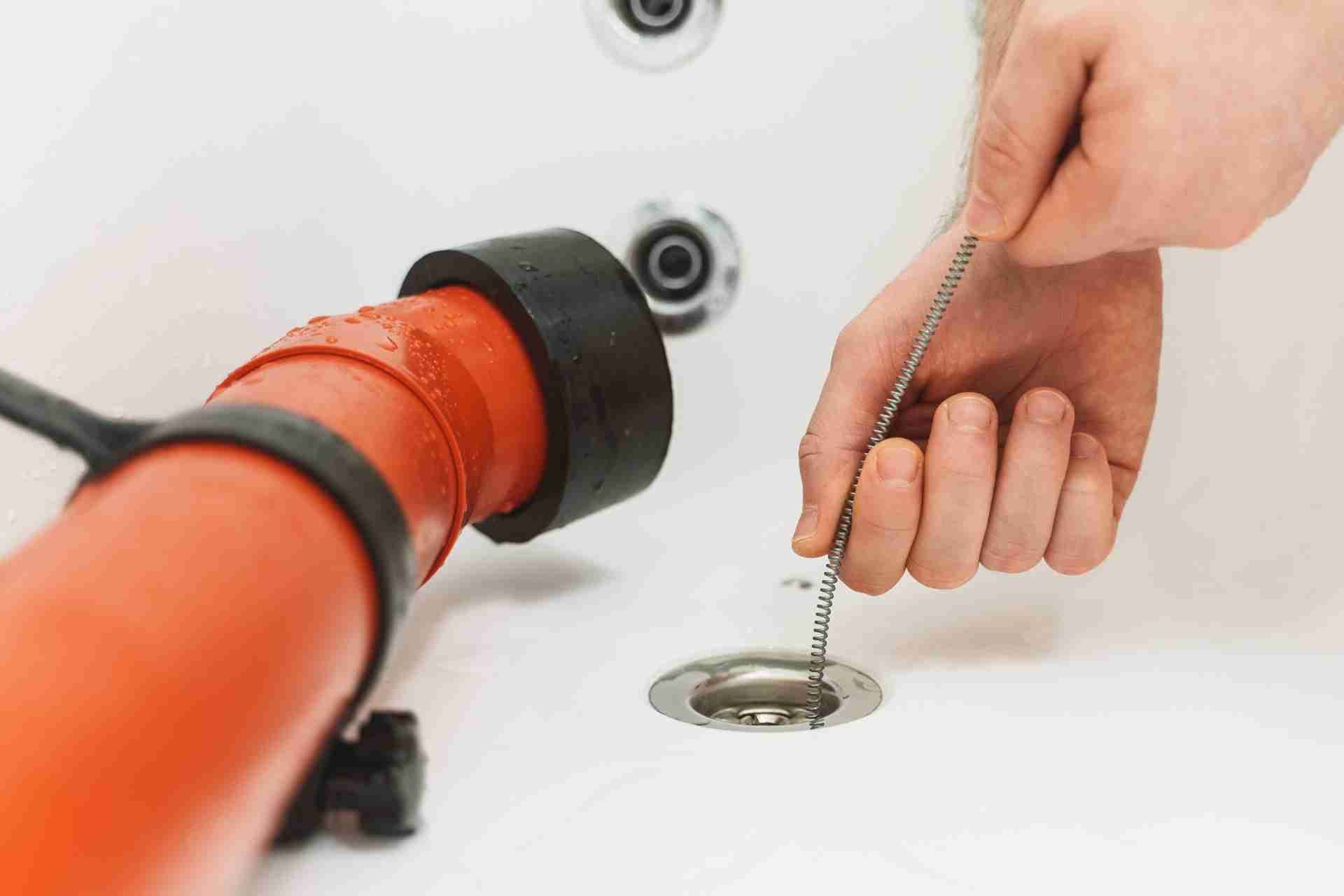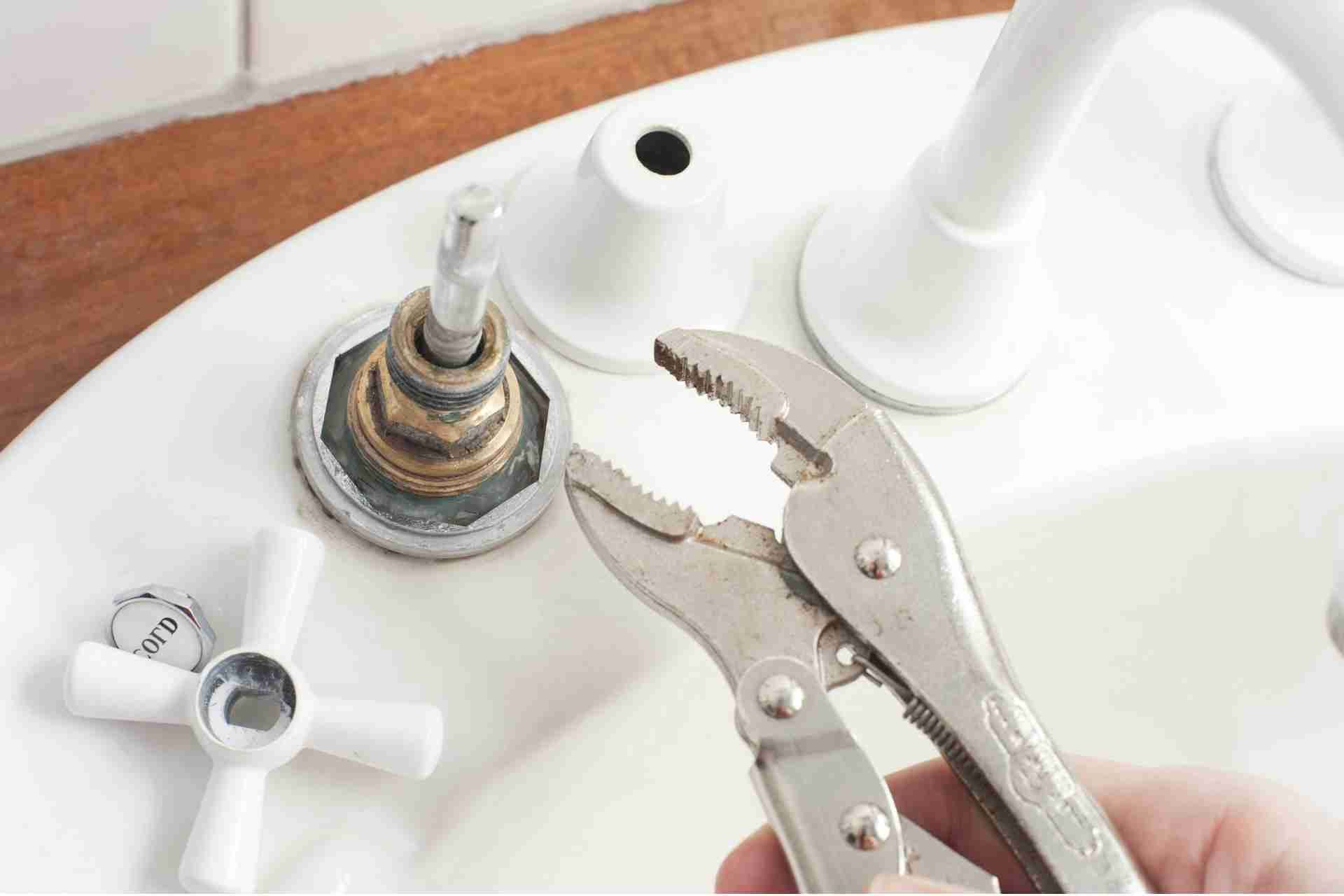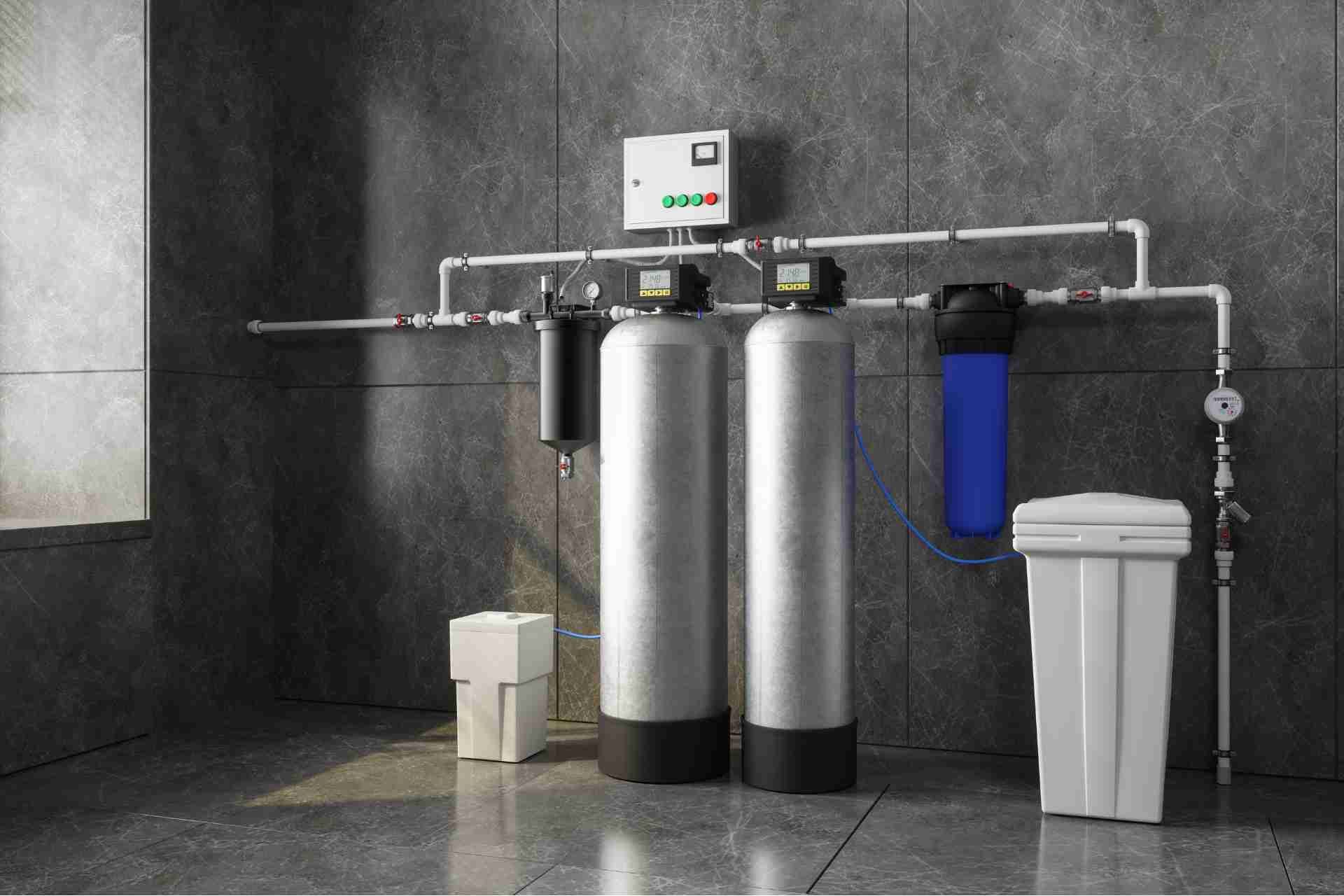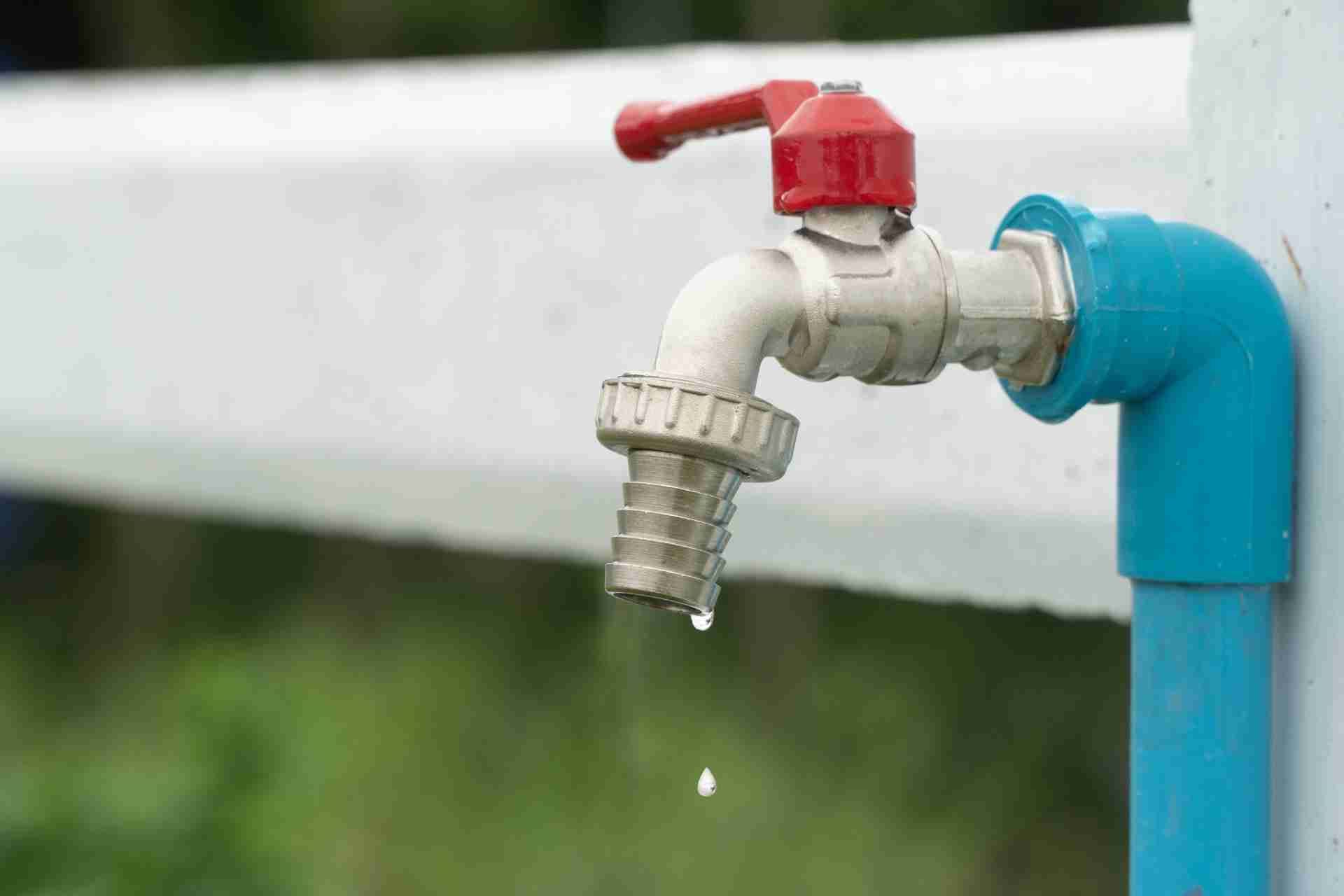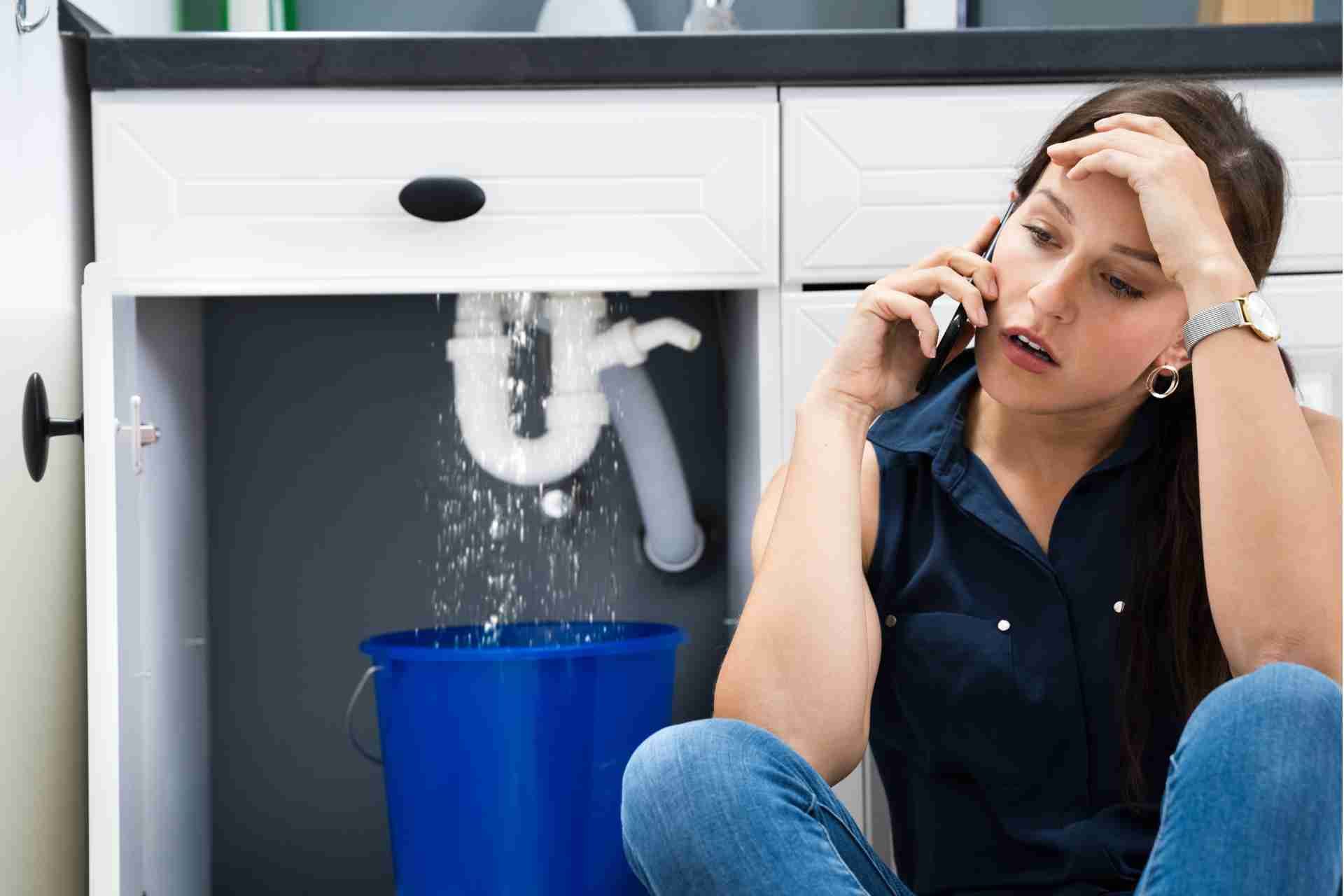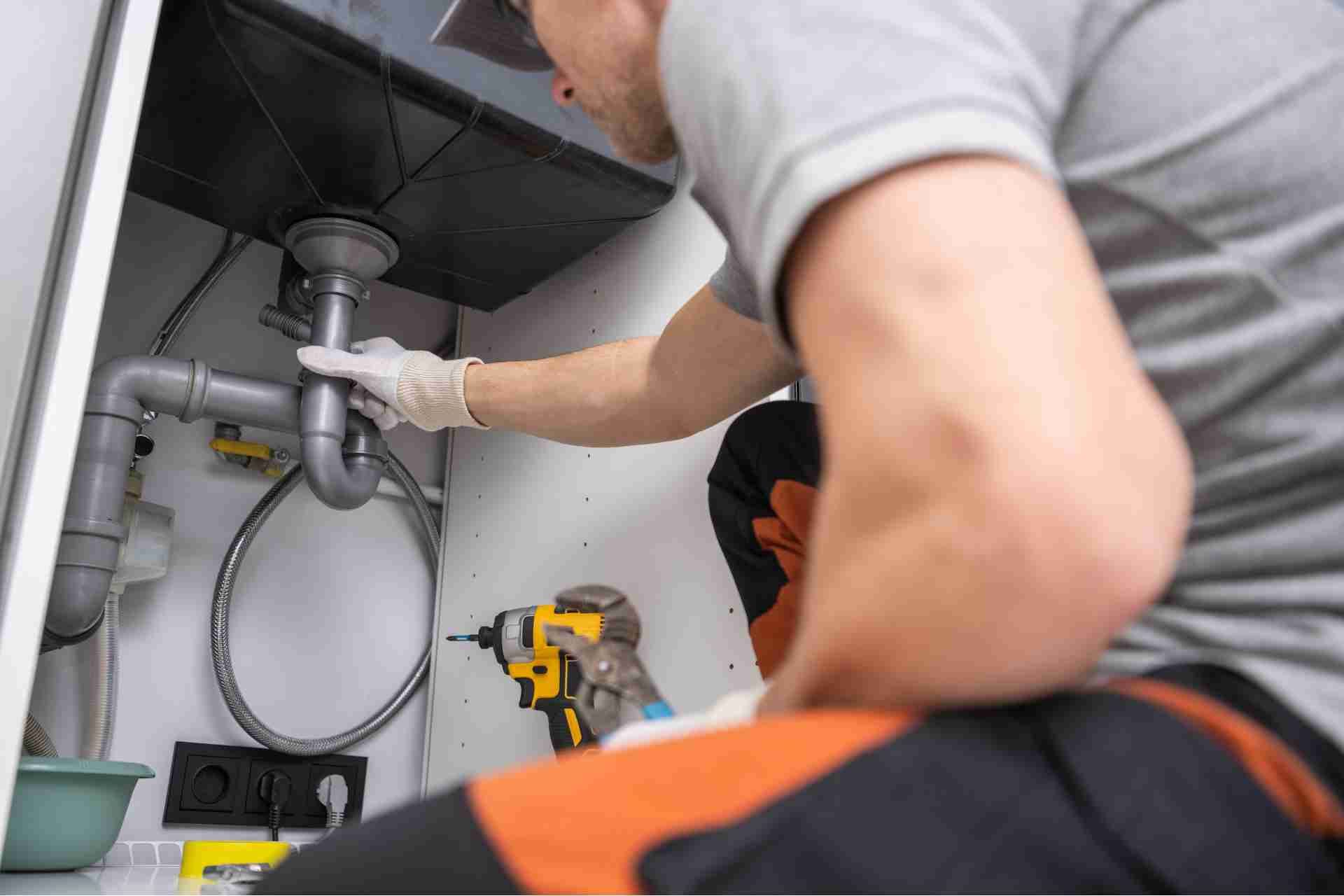Sewer Line Excavation Process
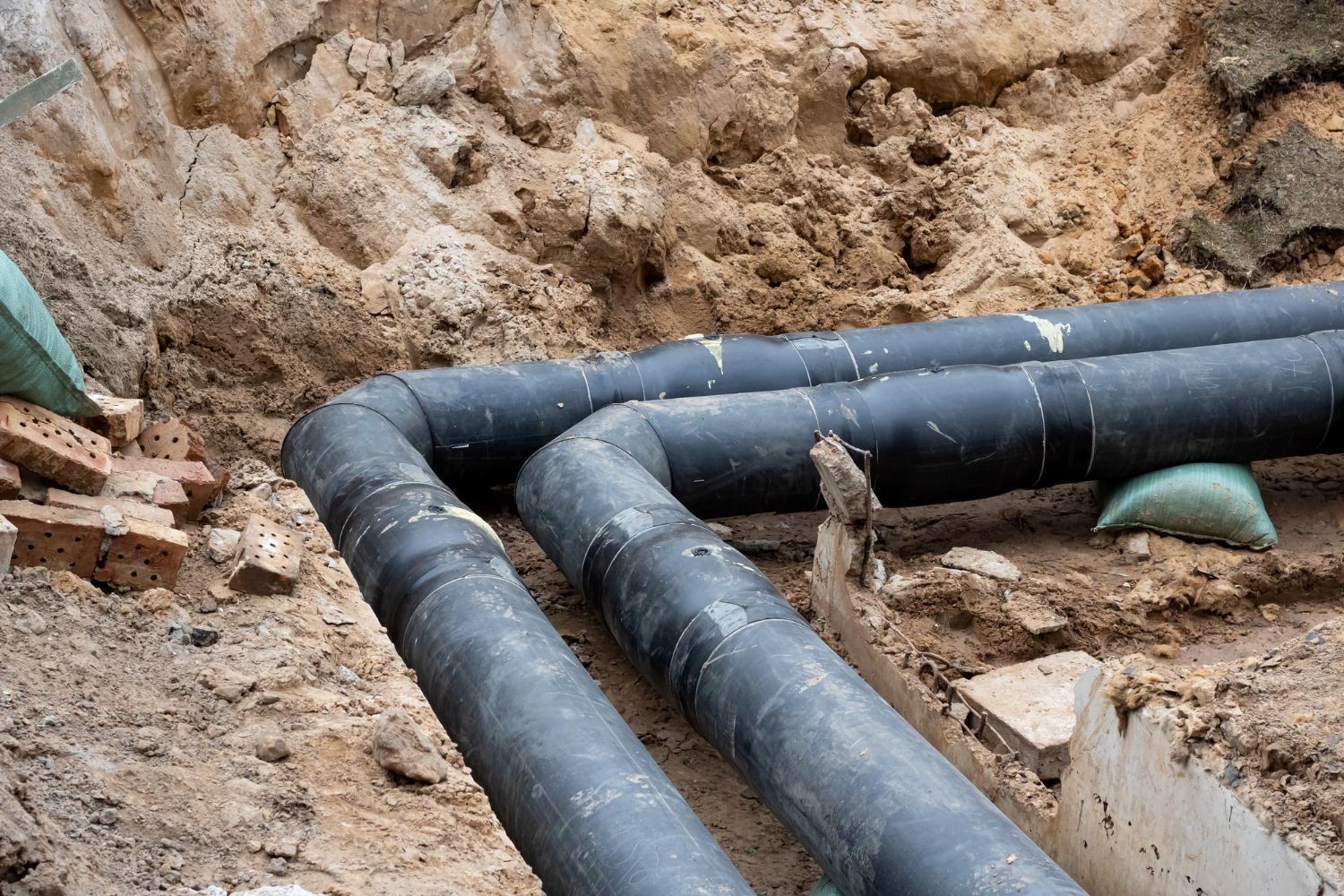
Sewer line excavation is a critical process in the maintenance and repair of underground sewage systems. This method involves carefully digging a trench to access and address issues within the sewer line, which may include damages, blockages, or the need for upgrades. Proper execution of sewer line excavation is crucial for ensuring the efficient and safe flow of wastewater, preventing environmental contamination, and maintaining public health.
This process requires careful planning, adherence to local regulations and safety protocols, and the use of specialized equipment. Additionally, it is essential to accurately locate and mark any existing underground utilities, such as gas lines, electrical conduits, and water pipes, to avoid accidental damage during excavation.
Learn the sewer line excavation process with these instructions on how to execute each phase safely and effectively.
Why Do I Need for Sewer Line Excavation?
Sewer line excavation is required for several reasons, primarily aimed at ensuring the proper functioning and maintenance of underground sewage systems. While sewer line excavation is a disruptive and often costly process, it is necessary to maintain the integrity and functionality of sewage systems, protect the environment, and ensure the well-being of communities. It should be carried out with careful planning, adherence to safety measures, and compliance with local regulations to minimize disruptions and risks associated with the excavation process.
Here are some of the key reasons why sewer line excavation may be necessary:
- Repairing Damaged Sewer Lines - Over time, sewer lines can deteriorate due to age, corrosion, tree root intrusion, ground shifting, or physical damage. When these pipes develop cracks, leaks, or structural problems, excavation is needed to access and repair the damaged sections.
- Clearing Blockages - Sewer lines can become clogged with debris, grease, roots, or other obstructions. Excavation may be necessary to locate and remove these blockages, restoring proper flow.
- Upgrading or Replacing Old Pipes - Aging sewer systems with outdated materials, such as clay or cast iron pipes, may require replacement with modern, more durable materials like PVC or HDPE pipes. Excavation allows for the removal of the old pipes and the installation of new ones.
- Installing New Sewer Lines - In cases where new residential or commercial developments are constructed, or when extending sewage infrastructure to previously undeveloped areas, excavation is required to install new sewer lines and connect them to the existing sewer system.
- Relocating Sewer Lines - Urban development and infrastructure projects may necessitate the relocation of existing sewer lines to accommodate new construction or road layouts. This involves excavating the old sewer lines and laying new ones in a different location.
- Addressing Structural Issues - In some instances, sewer line excavation is required to address structural issues, such as unstable soil conditions or significant ground settlement, which can affect the alignment or stability of the sewer pipes.
- Performing Inspections - Periodic sewer line inspections are essential for identifying hidden problems such as cracks, root intrusions, or blockages. Excavation may be needed to access and inspect sections of the sewer line that cannot be visually assessed using other methods.
- Mitigating Environmental Risks - Sewer line leaks or breaches can pose environmental risks by contaminating soil and groundwater with sewage. Excavation allows for the prompt repair of such issues to prevent pollution.
- Compliance with Regulations - Municipal regulations and environmental standards may require that damaged or outdated sewer lines be repaired or replaced. Non-compliance can lead to fines or legal consequences.
- Ensuring Public Health and Safety - Proper sewer line maintenance and repair are essential for protecting public health by preventing sewage backups, odors, and the spread of disease-causing pathogens.
Step-by-step Sewer Line Excavation Process
Excavating a sewer line involves digging a trench to access and repair or replace underground sewage pipes. Remember, it's crucial to follow all local regulations, safety guidelines, and industry best practices during the sewer line excavation process.
Obtain Necessary Permits and Permissions
Before any excavation work begins, it's crucial to obtain the necessary permits and permissions from local authorities and utilities. This may include permits for excavation, plumbing, and possibly traffic control if the work is near a road.
Locate and Mark Utilities
Before digging, it's essential to locate and mark any existing underground utilities (e.g., gas lines, electrical lines, water pipes) in the vicinity. This is typically done using specialized equipment like ground-penetrating radar or utility locators.
Safety Precautions
Ensure proper safety measures are in place, including barriers, signs, and any necessary protective equipment for workers.
Excavation Equipment
Bring in the necessary excavation equipment such as backhoes, excavators, or trenching machines depending on the scale of the project.
Digging the Trench
The trench should be dug along the path of the existing sewer line. The depth and width of the trench will depend on factors like local regulations, the depth of the existing sewer line, and the type of soil.
Shoring and Bracing (if required)
Depending on the depth and stability of the soil, shoring and bracing may be necessary to prevent the trench from collapsing. This is crucial for worker safety.
Removing Debris and Spoils
As the trench is being dug, excavated material (spoils) will be removed from the site. This may involve loading it into trucks for disposal or relocation.
Sewer Line Exposure
Once the trench is deep enough and wide enough, the existing sewer line will be exposed. Take care not to damage it during this process.
Inspect and Assess
Before making any repairs or replacements, it's important to inspect the existing sewer line to determine the extent of the damage or deterioration. This might involve using a camera to get a clear view of the interior of the pipe.
Repair or Replacement
Depending on the assessment, the sewer line may need to be repaired by patching up specific sections or replaced entirely. This could involve removing the old pipe and installing a new one.
Backfilling
After the repairs or replacements are complete, the trench will be backfilled with suitable material. This material should be properly compacted to ensure stability.
Compaction and Grading
The backfilled material needs to be properly compacted to prevent settling. The area should then be graded to ensure proper drainage away from the repaired sewer line.
Restoration
Any landscaping, pavements, or structures that were removed during the excavation process should be restored to their original condition.
Testing and Inspection
The repaired or replaced sewer line should be tested for leaks and proper flow. Local authorities may require an inspection before the trench is closed up completely.
Cleanup and Site Closure
Remove any excess material, equipment, and debris from the site. Ensure that the area is safe and secure.
Work with Reputable Company
If you're not experienced with this type of work, it's advisable to hire a professional contractor or plumbing company to handle the job.
Give Tru-Flo Plumbing a call at
1-877-783-8783 for a
replacement of your sewer pipes or provide full
sewer installation services.



